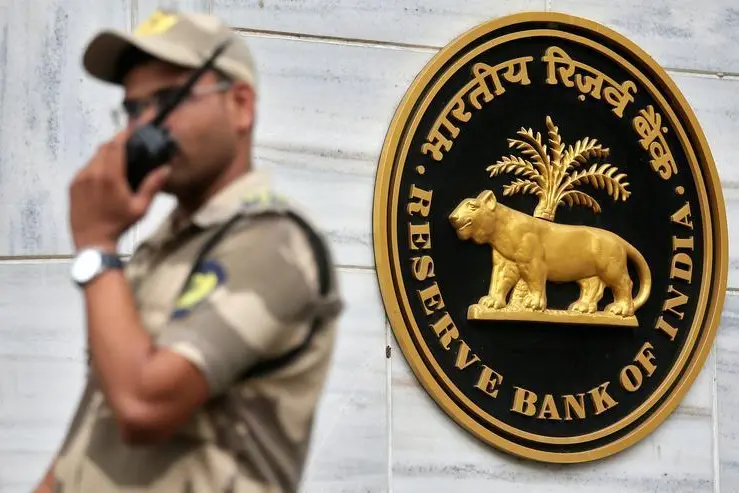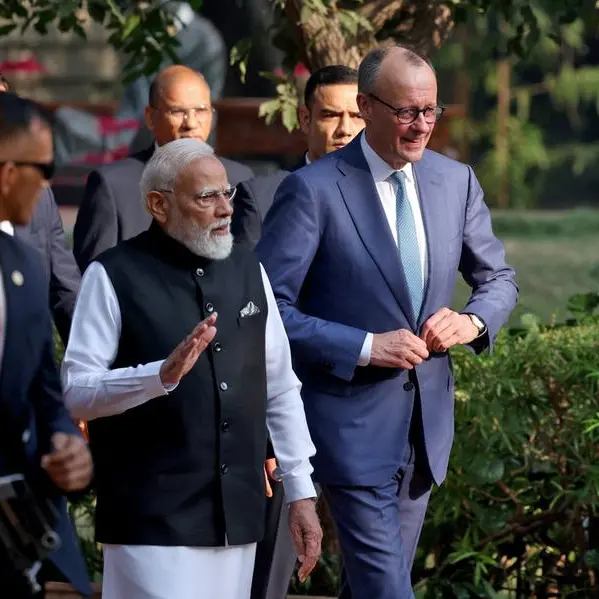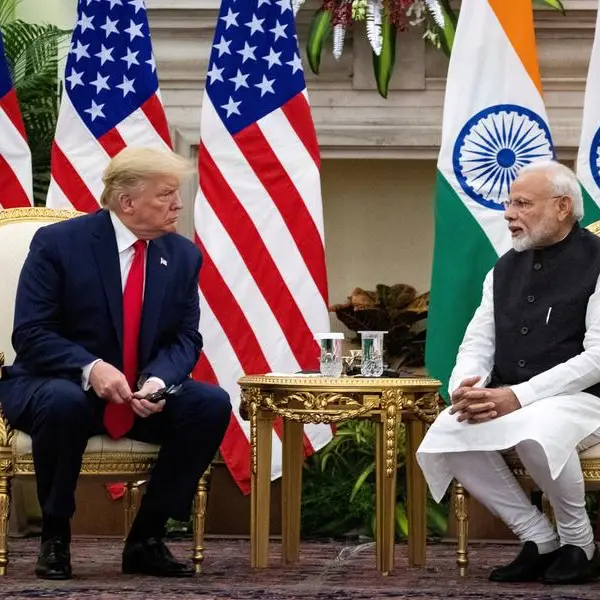PHOTO
The Reserve Bank of India is likely to lean more and more on its forward dollar book to keep the rupee's volatility at its desired levels, analysts said.
The rupee slid more than 10% in 2022, its biggest one-year drop against the dollar in nine years, due to the U.S. Federal Reserve's aggressive rate-hike cycle.
But the decline would have been steeper had the central bank not intervened via the spot and the forward market.
And it is the latter that's likely to be the RBI's preferred tool to manage the rupee's volatility, economists said.
"The RBI will rely more on forwards to manage the rupee to avoid the short-term liquidity consequences, either positive or negative, of spot intervention," said Abheek Barua, chief economist at HDFC Bank.
"It's a sort of a change in the strategy of the RBI. A direction they will prefer."
The RBI's monthly bulletins show the central bank sold a net of around $50 billion in the spot market last year through November. The data for December has yet to be published.
Meanwhile, the RBI's forward book fell from net dollar purchase holdings of $49 billion at the start of 2022 to a low of $241 million in October, a drawdown of $48.5 billion.
In November, the forward outstanding dollar purchases jumped to $8.2 billion, with RBI using a recovery in the rupee to rebuild the forward book and its forex reserves.
The RBI's forward purchases decline if the central bank sells dollars in the forward market or it allows existing positions to mature, and increase if it does sell/buy swaps, either directly or alongside spot dollar purchases.
"The purpose of using different instruments to intervene in the rupee — like spot, forwards, futures – is to minimize the distortions it can have on other markets," said Vivek Kumar, an economist at QuantEco Research.
"For instance, if you can't sterilise intervention via spot, then you look at the forward market and to futures."
The RBI's forward book gives it more flexibility in managing the rupee, considering its limited local liquidity implications, Kumar said.
HDFC Bank's Barua noted that interventions via the forward market is a better instrument for the RBI's likely objective of "ranging the rupee".
Another advantage of intervening using forwards, said both Barua and Kumar, is that the RBI can signal the markets on the level of premiums, which has an impact on the hedging decision of importers and exporters and on carry flows.
Further, in October, traders suspected the RBI was taking delivery of forwards to shore up its spot forex reserves, a decline in which was making the rupee more vulnerable.
India's forex reserves fell to a more-than-two-year low of about $525 billion in mid-October.
"The RBI has to juggle many objectives," said Indranil Pan, chief economist at Yes Bank.
"So it needs to use more than one tool to manage the exchange rate."
(Reporting by Nimesh Vora; Editing by Savio D'Souza)





















